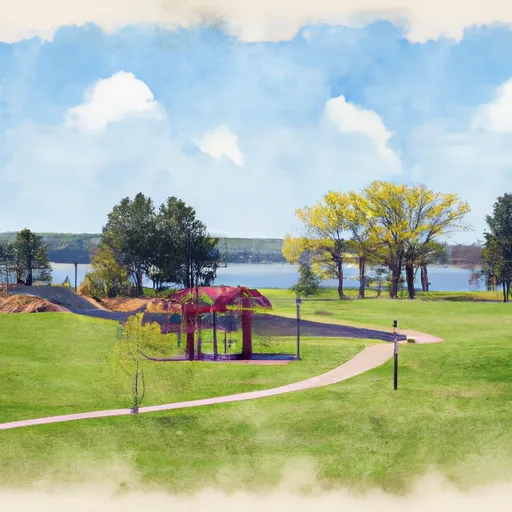°F
°F
mph
Windspeed
%
Humidity











Braddyville is a small town located in southwest Iowa with a population of approximately 160 people. The area has a humid continental climate with hot summers and cold winters, and precipitation occurs throughout the year. The East Nodaway River flows through the town and serves as a source of water for residents.
Outdoor recreation opportunities in Braddyville include fishing and boating on the East Nodaway River or nearby Lake of the Three Fires State Park, which also offers camping, hiking, and hunting. The town is also within driving distance of several other state parks and natural areas, such as Waubonsie State Park and the Loess Hills Scenic Byway, which offer hiking, birdwatching, and other outdoor activities.
Weather Forecast
Braddyville receives approximately 897mm of rain per year, with humidity levels near 84% and air temperatures averaging around 11°C. Braddyville has a plant hardyness factor of 5, meaning plants and agriculture in this region thrive during a short period during spring and early summer. Most plants will die off during the colder winter months.
Regional Streamflow Levels
55
Cubic Feet Per Second
165
Cubic Feet Per Second
421
Cubic Feet Per Second
83
Cubic Feet Per Second
Nearby Camping
| Camping Area | Reservations | Toilets | Showers |
|---|---|---|---|
| Hacklebarney Woods County Park | |||
| Lake Miola City Park | |||
| Pioneer City Park | |||
| John Brown Memorial Park | |||
| Cold Spring Park | |||
| Pilot Grove Co Park |



